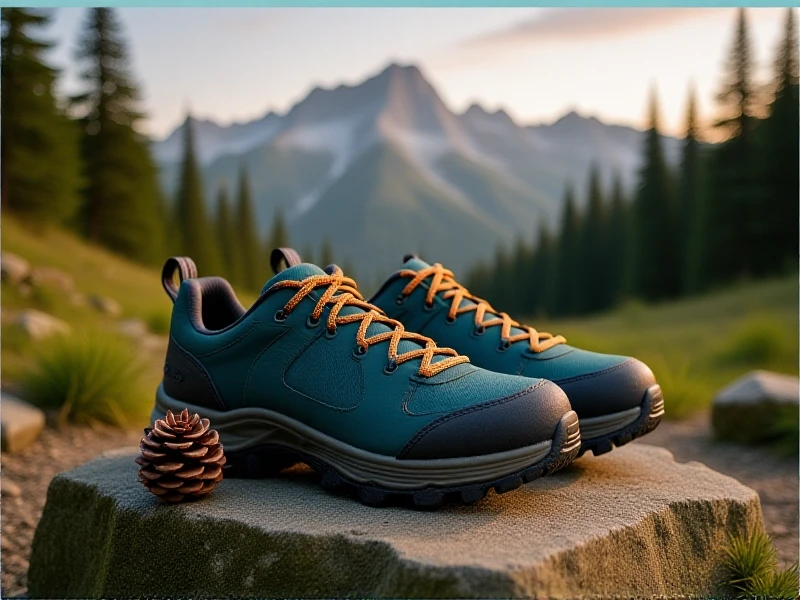Finding the Best Hiking Shoes: Your Trail Adventure Starts from the Ground Up

Choosing the right hiking shoes isn't just about comfort; it's the foundation of every successful outdoor adventure. Whether you're tackling rugged mountain paths or enjoying a gentle forest trail, your footwear directly impacts your enjoyment, safety, and endurance. With an overwhelming number of options, understanding what makes a great hiking shoe is crucial.
The core function of any hiking shoe is protection and support. Your feet face varied terrain: loose rocks, slippery roots, mud, and steep inclines. A well-designed hiking shoe features:
- Aggressive Traction: Deep, multi-directional lugs (like Vibram® soles) grip uneven surfaces securely, preventing slips.
- Ankle & Arch Support: Low-cut models offer flexibility, while mid-height boots provide crucial ankle stability, especially with heavy loads or on uneven ground. Firm arch support reduces fatigue on long hikes.
- Protection & Durability: Tough toe caps shield your feet from impacts, and robust rand (the rubber wrapping around the toe and sides) guards against abrasions. Quality synthetic or leather uppers withstand trail abuse.
- Weather-Appropriate Features: For wet conditions, waterproof hiking shoes utilizing membranes like GORE-TEX® keep feet dry without sacrificing breathability. In hot, dry climates, lightweight, highly breathable non-waterproof trail shoes or boots dry quickly and stay cooler. Look at trail running shoes vs hiking shoes as a comparison.
- Cushioning & Responsiveness: Midsole cushioning, from EVA foam to advanced compounds, absorbs shock. The level needed depends on terrain roughness and pack weight. Hiking shoe durability is vital for longer trips.
Selecting Your Perfect Fit:
- Know Your Terrain & Distance: Short, well-maintained trails? Lightweight hiking shoes or trail runners suffice. Longer distances, heavy backpacks, or off-trail exploration demand sturdier boots with more support and thicker soles.
- Prioritize Fit Above All: Try on hiking shoes later in the day when feet swell slightly. Wear your intended hiking socks. Ensure: snug heel lock (no slipping), enough toe room (wiggle space!), width that accommodates swelling without pinching, and no pressure points. Walk aggressively on an incline if possible.
- Breaking In is Essential: Never wear brand-new boots on a significant hike. Wear them around the house and on short walks to mold them to your feet and prevent blisters. Check hiking shoe reviews for insights on specific models.
Maintaining Your Investment: Clean off mud and debris after hikes. Let shoes dry thoroughly naturally (never near direct heat). Periodically reproof leather or specialized synthetic uppers to maintain waterproofness and protect against the elements. Proper care drastically extends the life of your hiking footwear.
Ultimately, the absolute best hiking boots or shoes are the ones that disappear underfoot – offering reliable protection, stability, and comfort mile after mile. Invest the time to find your perfect pair. Your feet (and your adventures) will thank you for choosing the right hiking shoes for your journey.